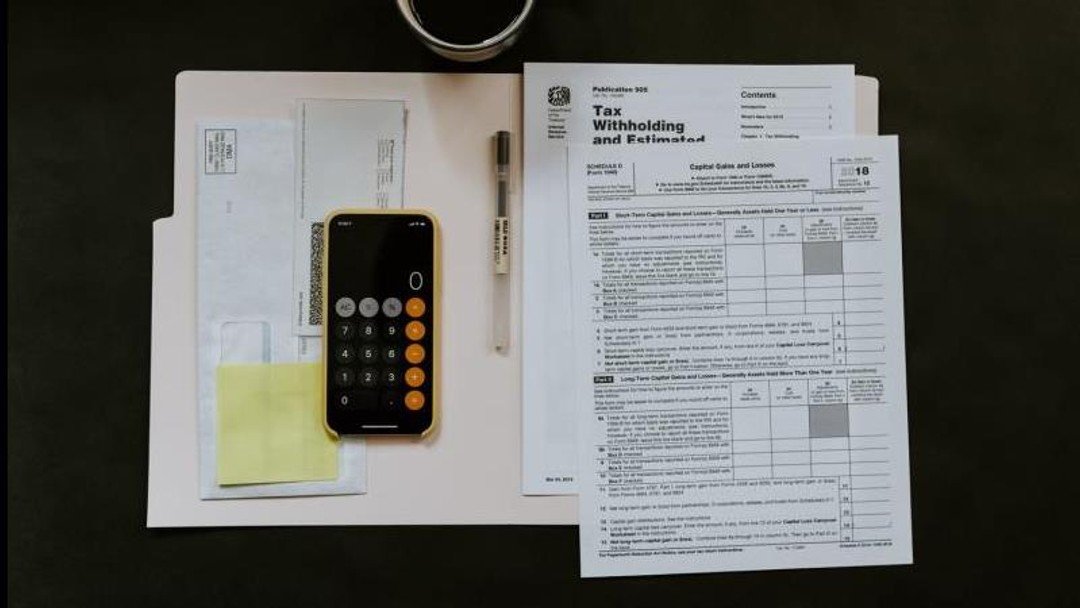Capital gains tax (CGT): Spouse exemption and timing

Alison Palmer explores CGT and the timing of transactions for separating couples.
The basic rule is that a capital gain or loss is calculated by taking the gross disposal proceeds and deducting any allowable costs. However, where one spouse transfers an asset to the other at any point within the tax year of separation, it passes at ‘no gain no loss’ with the recipient spouse taking on the original base cost. Transfers beyond this point are deemed to take place at market value.
As the tax year ends on 5 April annually, it follows that a couple who separate in May for example, will have more time to maximise the spouse exemption compared to those who separate in March.
An example
A married couple jointly and equally own an investment property which they purchased for £600,000 and is now worth £1 million. They separate on 1 May 2021 and agree that spouse A will transfer his share in the property to spouse B as part of the division of assets. The property is standing at a gain of £400,000 (£200,000 each).
By ensuring the transfer takes place on or before 5 April 2022, the spouse exemption will mean that no capital gain arises to A on his half share, and B will keep the original base cost of £600,000 going forward. There is no requirement to report the disposal to HM Revenue & Customs.
Suppose instead this couple separated on 31 March 2022. The transfer would inevitably take place after 5 April 2022, and therefore fall into the subsequent tax year. Under the market value rule, A will be liable to CGT of up to £56,000 (based on the highest rate of 28%). Spouse B’s base cost going forward will be £800,000 (comprising their original £300,000 plus an uplifted half share of £500,000). Crucially, the disposal will be reportable and the tax payable to HMRC by A within 30 days of the transaction – despite there being no cash proceeds to fund the liability.
Extended main residence exemption
Where the family home is involved, main residence exemption may shelter any gain from CGT. The exemption is limited for a spouse who has left the home more than nine months prior to a disposal, however subject to conditions the relief may be extended if the home is transferred to the other spouse.
An example
Spouses E and F were married on 1 January 2010 and separated on 1 January 2020 when E left the home and rented alternative accommodation. A court order in October 2021 requires E to transfer the home to F. Ordinarily an element of capital gain would arise for E, but provided F has remained in occupation of the home as their only or main residence, and E has not acquired a new main residence, then E may claim extended exemption from CGT.
Rollover relief
Where multiple properties are jointly owned by spouses, and the parties wish to exchange their interests in favour of sole ownership of respective properties going forward, a form of CGT rollover relief may be available.
An example
Separated spouses G and H jointly own two investment properties, each worth £500,000 and standing at capital gains of £100,000. If G and H sold these properties, CGT liabilities would arise. They decide instead to exchange their interests in the properties so G takes sole ownership of one of the properties while H takes the other. By submitting claims, the disposal proceeds for G and H will each be treated as being £400,000, so neither a gain nor loss will arise. Their base costs of the retained properties are reduced by £100,000, effectively rolling over their capital gains until a future disposal.
Residence and domicile
Where assets are being sold or transferred by a spouse who has left the UK and is non-UK resident for the long term, the general scope of UK CGT is narrowed. However non-UK residents remain subject to CGT on disposals of UK real property and the calculations can be more complex with potentially three alternative computations to consider.
Non-UK domiciled individuals may have additional considerations if they have accrued wealth offshore and claimed the Remittance Basis of taxation in the past. With careful planning, such wealth could provide an opportunity to fund a capital settlement in a tax-efficient way.
An example
Spouse C is UK resident but domiciled elsewhere. He has accrued a substantial cash deposit offshore originating entirely from non-UK income which has been sheltered from UK tax by the Remittance Basis. C is required to transfer a £900,000 lump sum to UK resident spouse D as part of their divorce agreement. If C transfers this sum from his remittance basis income account direct to a non-UK account in D’s name, he is able to fund the obligation using income which is entirely UK tax-free. This is provided that (broadly) spouse D does not transfer or use the monies in the UK either before decree absolute, or in a way that benefits C, his minor children or grandchildren, or certain other persons/entities.
This note is intended to provide general information about UK tax which may be of interest. It is not intended to be comprehensive nor to provide any specific tax or legal advice and should not be acted or relied upon as doing so. Professional advice appropriate to the specific situation should always be obtained.
Alison Palmer is a Private Client Partner at Mercer & Hole: mercerhole.co.uk
